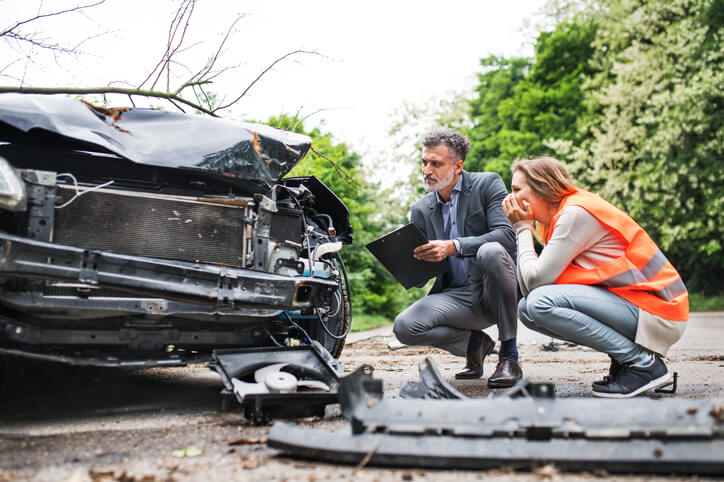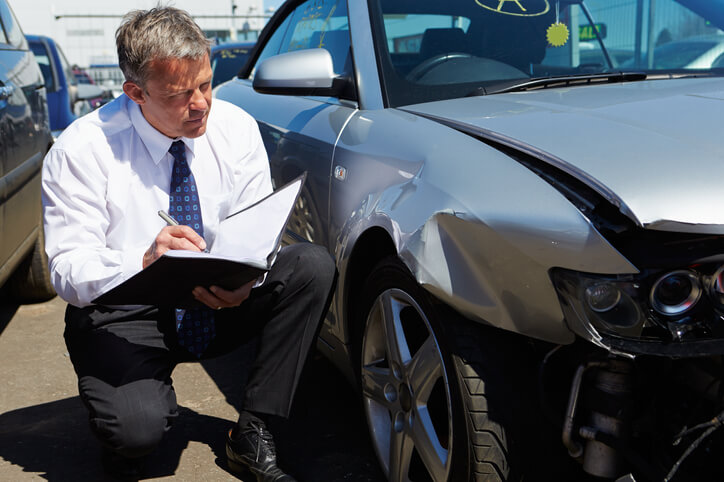To Replace or to Repair? Factors to Consider After Collision Estimating Training
In the automotive industry, repairing or replacing a damaged vehicle after a collision is a vital and often confusing decision that must be made by insurance adjusters, mechanics, and vehicle owners. Even when there is no collision involved, most car owners, at some point, will have to decide whether to stick with an aging or damaged car or get a new one.
Collision estimating training provides the knowledge and skills for professionals to assess the extent of the damage, estimate the cost of repair or replacement, and make informed decisions. However, several factors need to be considered when deciding whether to recommend a repair or replacement after a collision. Read on to discover some of these factors.
Determine the Safety of a Damaged Vehicle
During collision estimating training, you’ll learn that safety should be the top priority when deciding whether a customer needs to repair or replace a damaged vehicle. If the damage is severe enough to compromise the structural integrity of the vehicle or affect its safety features, such as airbags or seat belts, then replacement is the only viable option. The safety of the driver, passengers, and other road users should always come first, and it is essential to follow the manufacturer’s guidelines for repair or replacement to ensure that the vehicle is restored to its pre-collision condition.

Decide Whether to Advise Replacing or Repairing
Cost-effectiveness is another crucial factor that needs to be considered when deciding whether a customer needs to repair or replace a damaged vehicle. In some cases, the cost of repairing the damage may exceed the actual value of the vehicle, making replacement a more cost-effective option. This is particularly true for older vehicles that may have a lower resale value and may not be worth repairing. On the other hand, if the damage is minor and the repair cost is significantly less than the vehicle’s value, then repairing the damage may be the more cost-effective option.

Consider the Environmental Impact of Your Options
Environmental impact is also an important consideration when deciding whether to recommend a repair or replacement. As you’ve discovered in automotive school, vehicle manufacturing significantly contributes to carbon emissions, and replacing a damaged vehicle with a new one can have a substantial environmental impact. However, if the damage is severe enough to affect the vehicle’s fuel efficiency or emissions performance, then replacing the vehicle with a more environmentally friendly one may be a better option for them. In addition, using recycled or refurbished parts in the repair process can help reduce the environmental impact of repairing a damaged vehicle.
Other Factors to Consider After Automotive School
Other factors that need to be considered when deciding whether to get a customer to repair or replace a damaged vehicle include the availability of parts, the complexity of the repair process, and the time required for repair or replacement. If the parts needed for repair are not readily available, or the repair process is complex and time-consuming, then replacement may be the more practical option. However, if the parts are readily available, and the repair process is relatively simple and quick, then repairing the vehicle may be the more convenient option.
When deciding whether a repair or a replacement is most appropriate for a damaged vehicle, several factors need to be considered. Ultimately, the decision should be based on a careful evaluation of these factors, the customer’s budget, the availability of parts, the complexity of the repair process, and the time required for repair or replacement. Before deciding on a particular course of action, it can be a good idea to gauge the opinions of insurance adjusters and, most importantly, mechanics.
Are you interested in collision estimator training?
Contact ATC Surrey to learn how you can get started.


